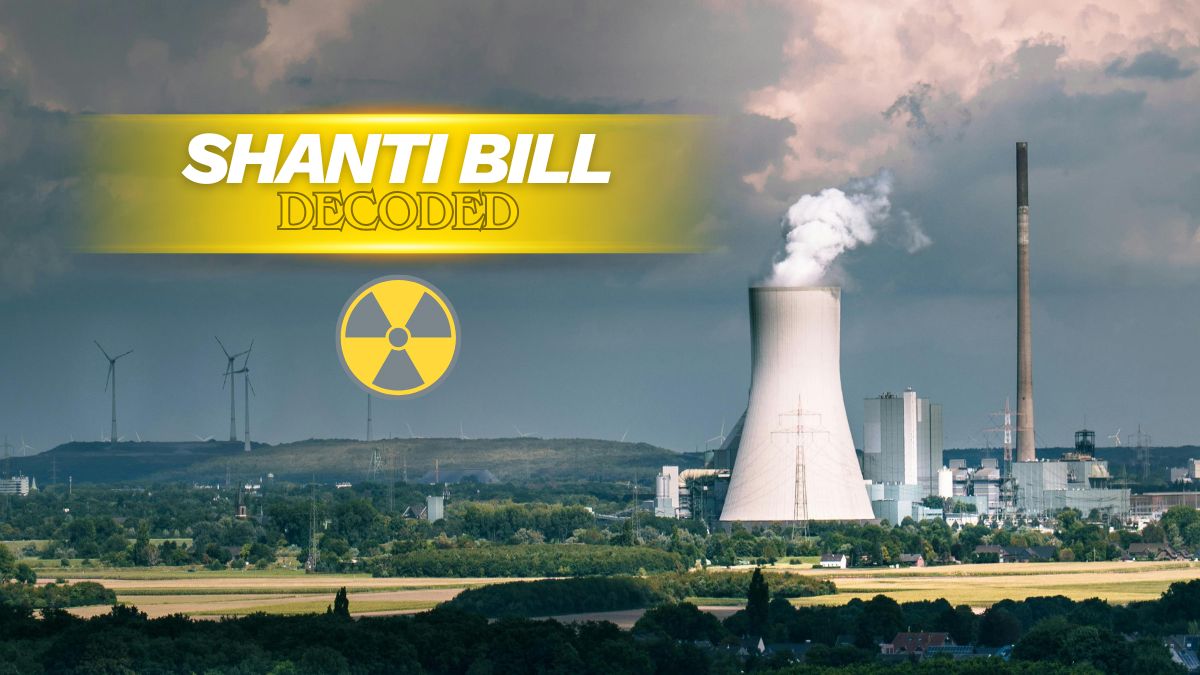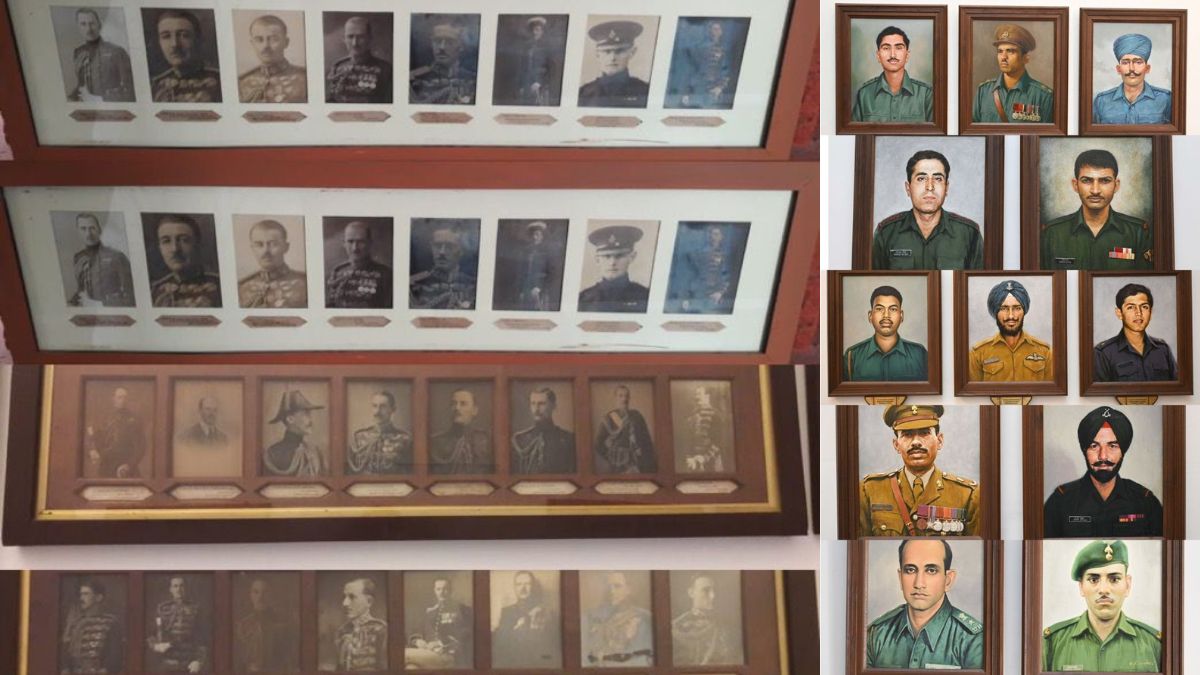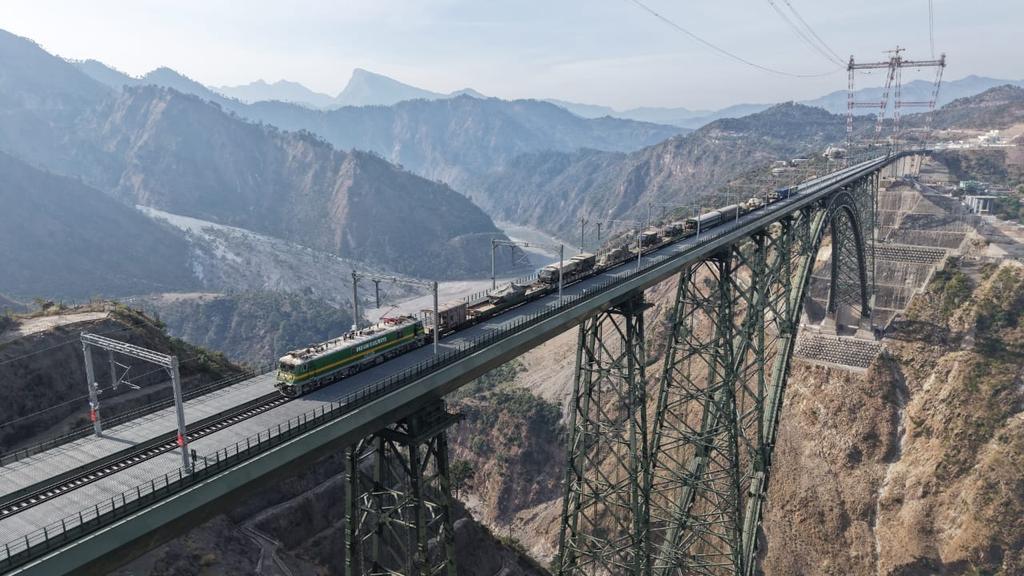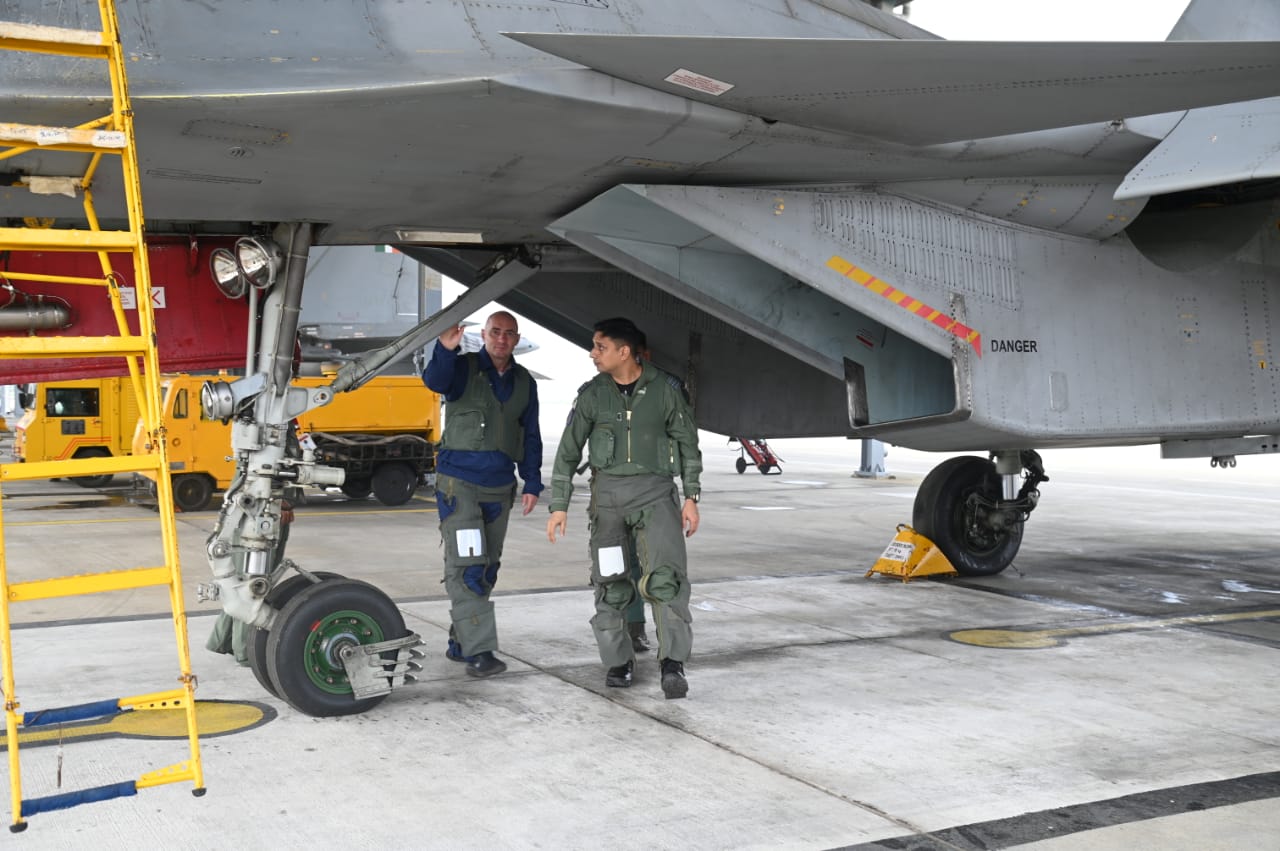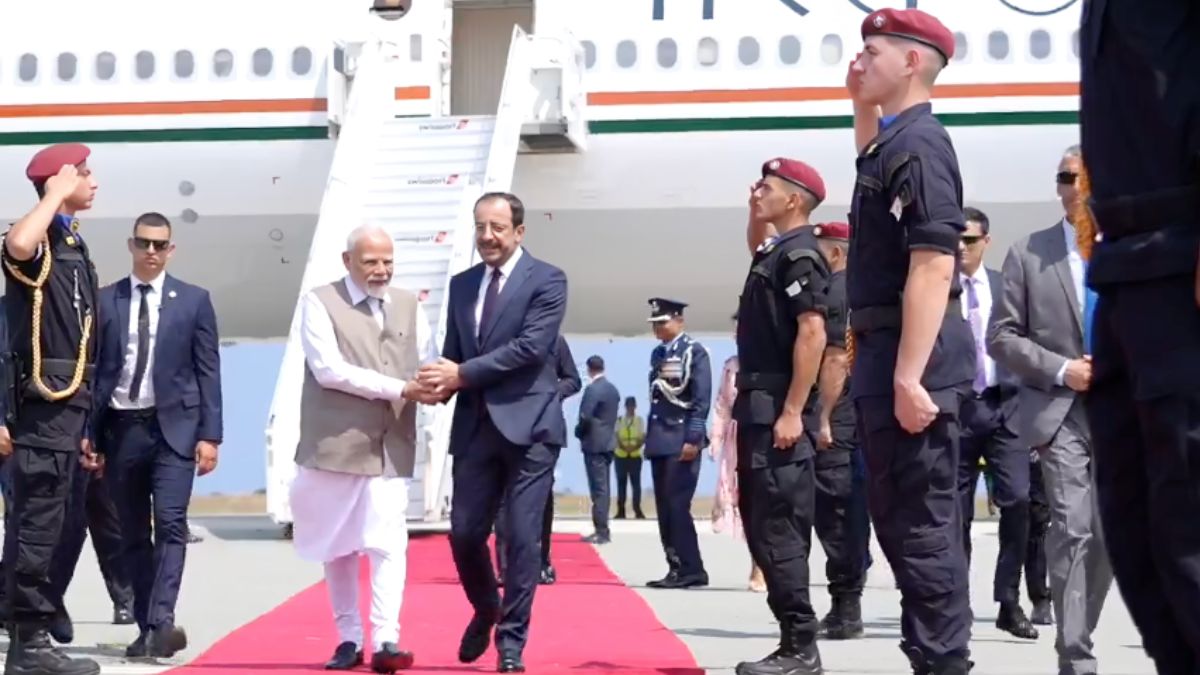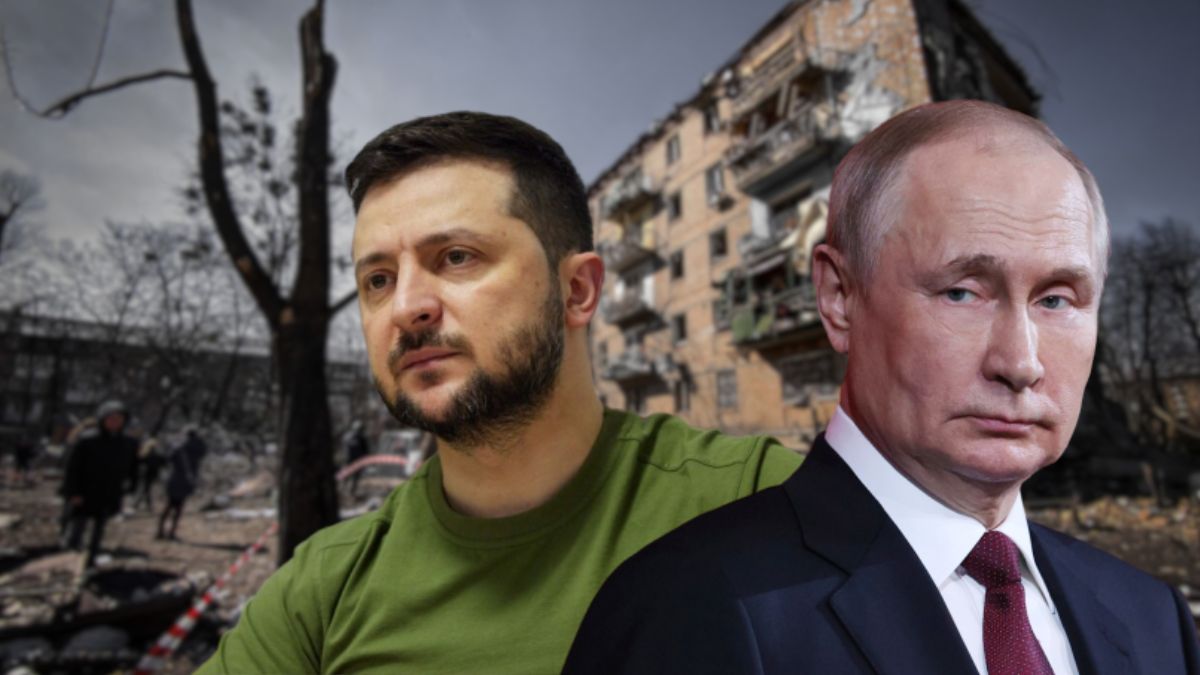In Khyber Pakhtunkhwa’s Tirah Valley, Pakistan Military’s Heavy Weaponry Keeps Hitting Civilians
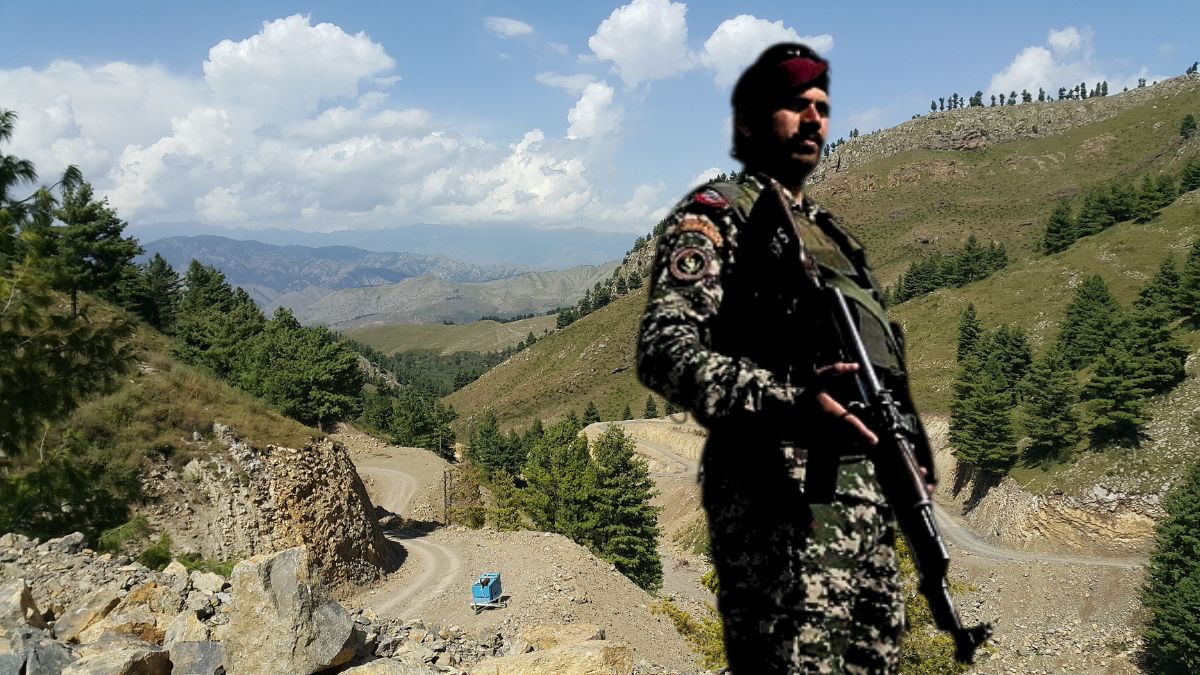
Pakistan's use of heavy weapons on civilians in Khyber Pakhtunkhwa's Tirah Valley have inflamed tensions in the region all the more. Image courtesy: RNA
The Pakistan Army, on Sunday (July 28), fired on Pashtun protesters in Khyber Pakhtunkhwa province’s Tirah Valley. The firing resulted in the killing of seven civilians, and injured at least 20 others.
The irony of the situation is that the protest where several people were killed by Army firing was held against ongoing counter-terrorism operations in the region that had resulted in the death of a girl in Tirah valley. The child had lost her life due to mortar shelling.
Military operations in Pakistan’s Tirah Valley have intensified, leaving civilian communities caught in the crossfire of a conflict they wanted no part in. The area, part of the country’s volatile tribal belt, has seen an escalation in air and ground offensives as the army targets militant strongholds.
Artillery, US‑made AH‑1F Cobra and Bell helicopters, and newly inducted Chinese Z‑10ME attack helicopters are being deployed alongside Pakistan’s indigenous Burraq armed drones. Human rights groups report that these operations have resulted in extensive civilian casualties and mass displacement, with the indiscriminate use of heavy weapons devastating towns and villages.
What has the civilian toll of Pakistan’s onslaught been?
Over the past two decades, operations in the tribal belt, including in Tirah Valley, Bajaur, and North Waziristan, have killed more than 80,000 civilians and displaced around six million people. Despite the army’s claims that drones and attack helicopters are precision weapons, especially regarding the indigenously made Burraq UCAVs, many strikes have hit populated areas instead of militant targets, according to a report by Asianet Newsable.
Local residents accuse the military of treating entire communities as combatants. Villages, markets, and farmlands have been destroyed, with families forced to flee their homes. Activist groups such as the Pashtun Tahafuz Movement have condemned these actions as collective punishment rather than counter‑terrorism.
Is the repeated use of force fuel for radicalisation?
The repeated use of overwhelming force is seen by analysts as counter‑productive, alienating the very communities whose cooperation is vital for long‑term stability. Critics warn that such tactics risk fuelling militancy instead of reducing it.
While the Pakistan Army insists that its operations are necessary in order to dismantle militant infrastructure, experts argue that without accountability and a greater focus on precision, Tirah Valley will remain locked in a cycle of violence, mistrust, and radicalisation that undermines both human rights and regional security.
